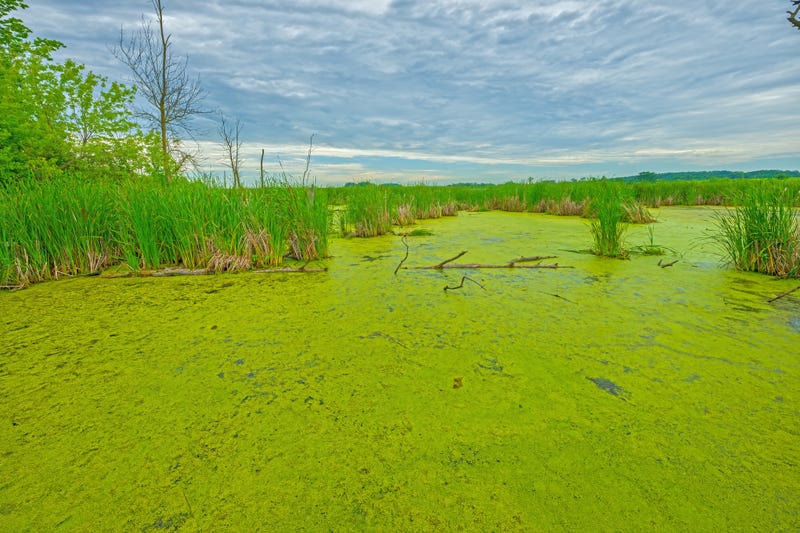
You may have noticed if you've been out walking the lakes of Minnesota or even out on the water already.
Algae blooms are appearing earlier than usual across Minnesota's lakes and waterways.
Lee Engel with the Minnesota Pollution Control Agency says while the changes to waterways are mostly aesthetic at this point, there can be some danger for people who get in the water with these algae blooms.
"People don't like to swim in turbid or green water, you know, the algae can make unsightly caking on the shoreline and piling up, and then in some situations it can cause health concerns," says Engel.
He added to stay safe around blooms in Minnesota, it's best to avoid contact with water that looks discolored, slimy, or smells bad.
It's also prompting state agencies to investigate the potential impacts of these widespread changes that are mainly being cased by warmer temperatures.
"Lakes have had ice out for some time now, probably almost two months in some of the southern portions of the state," Engel explains. "And when we have early ice out and warm temperatures, lake water warms rapidly, and algae blooms are fueled by two things. The availability of nutrients, and then water temperature."
Engel does say while the algae can be safe for some fish and other animals, it's important to keep your pets - especially dogs - away from blue-green algae as it can be toxic to them.
As far as humans go, there are level of risks with this algae depending on your water activities. Accidentally drinking it can be highly dangerous. Swimming, diving, tubing, skiing, windsurfing and other activities such as those can also be highly toxic. Canoing, kayaking, fishing, boating and even fish consumption are low-risk.
What are blue-green algae?
Though often referred to as algae, blue-green algae are not algae at all, but types of bacteria called cyanobacteria. They are normally present in bodies of water and common in Minnesota. This type of bacteria thrives in warm, nutrient-rich water. When conditions are right, the blue-green algae can grow quickly forming “blooms.” Certain varieties of blue-green algae can produce toxins that are linked to illness in humans and animals.
What do blue-green algal blooms look like?
Blue-green algal blooms are often described as looking like pea soup or spilled green paint. However, blooms aren’t always large and dense and can sometimes cover small portions of the lake with little visible algae present. Blooms can also produce a swampy odor when the cells break down.
A couple of easy tests can tell you if the green stuff you're seeing in your body of water is likely to be blue-green algae.
What are harmful algal blooms?
Blue-green algae blooms are harmful when they produce toxins that can make humans and animals sick. Most blooms are not harmful. You can't tell by looking at a bloom if it is harmful or not.
